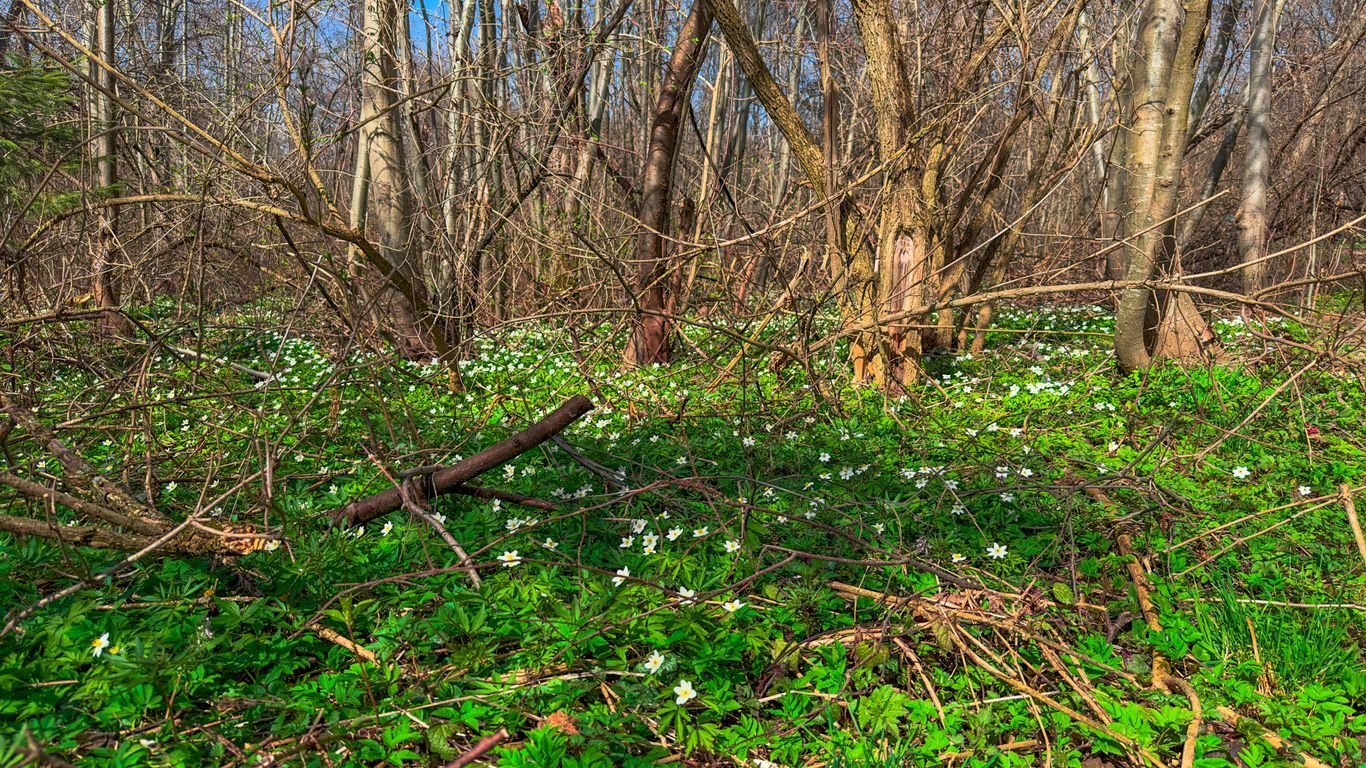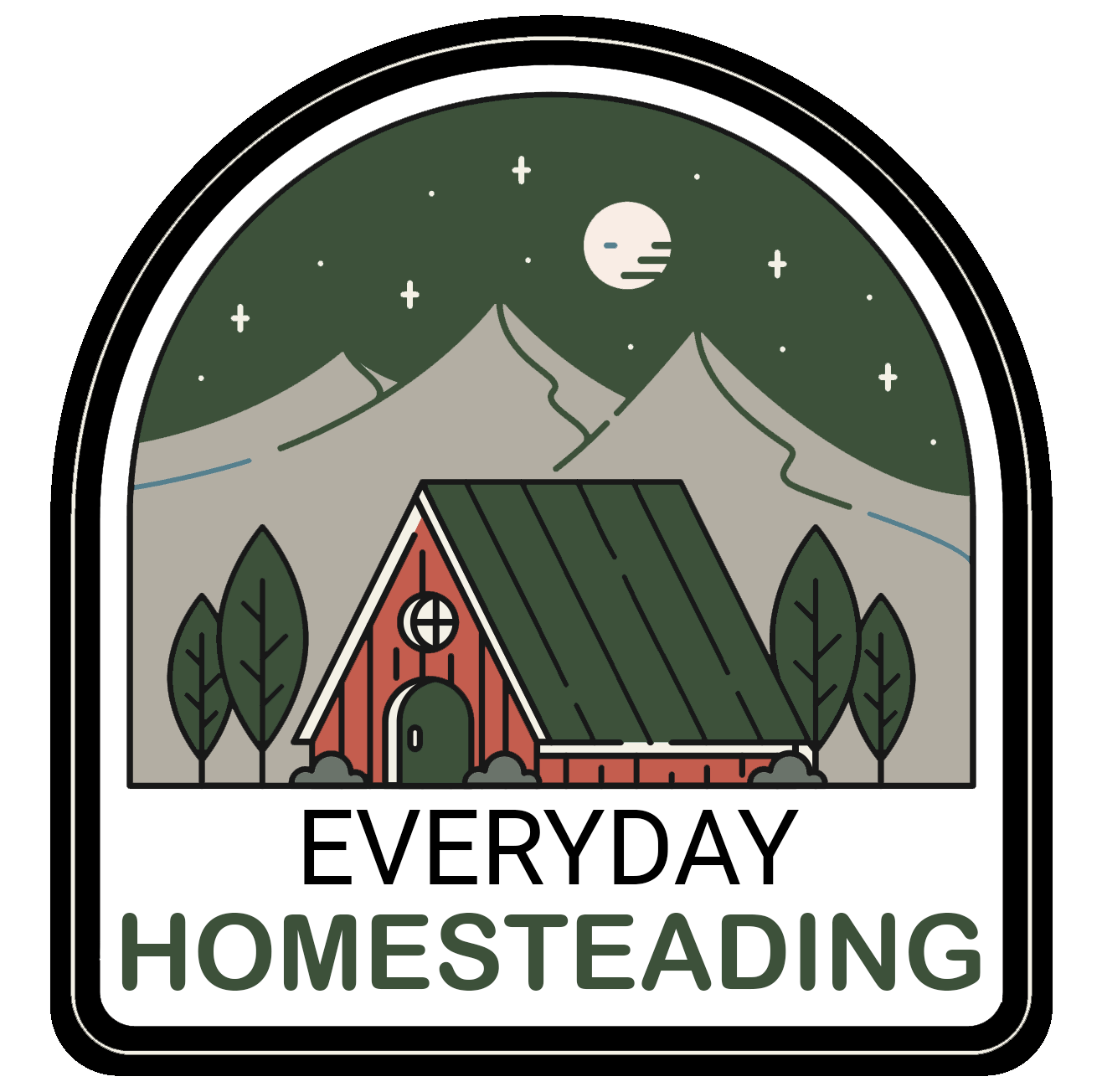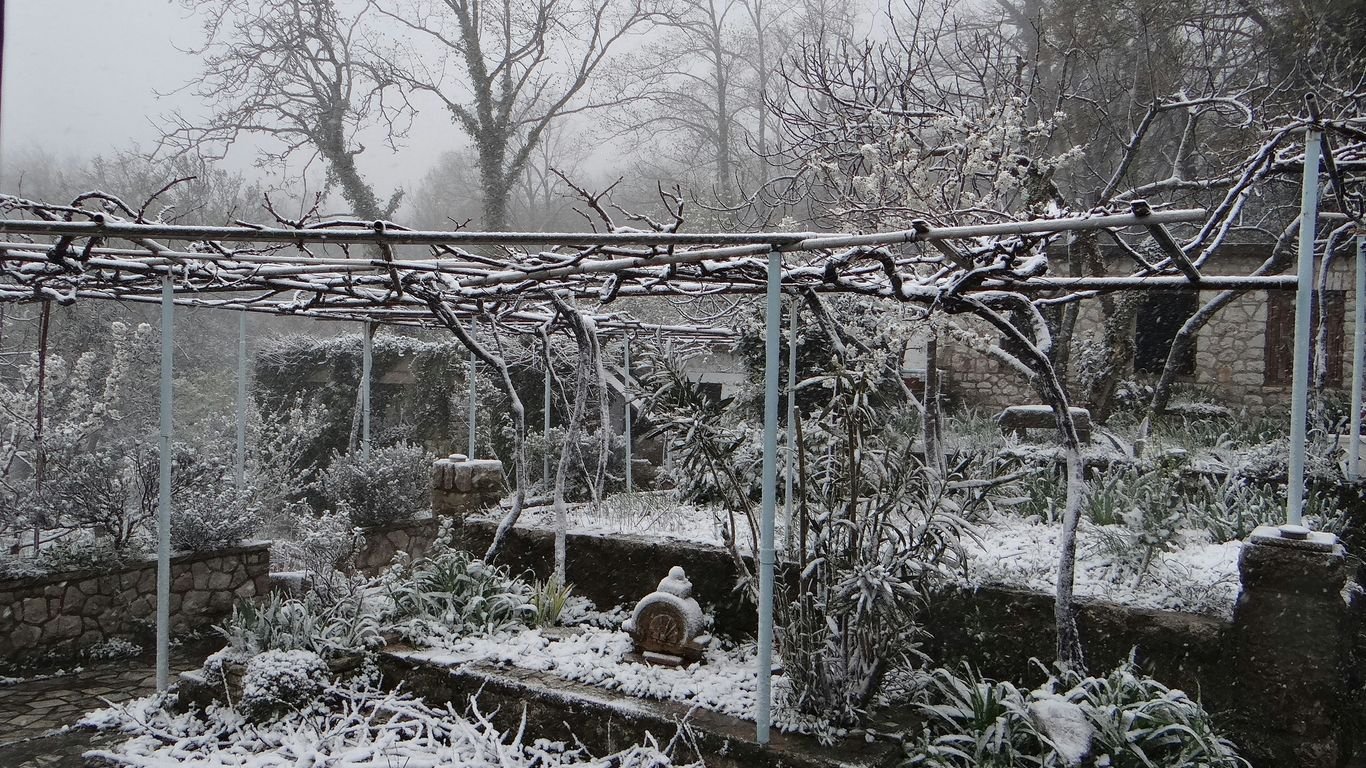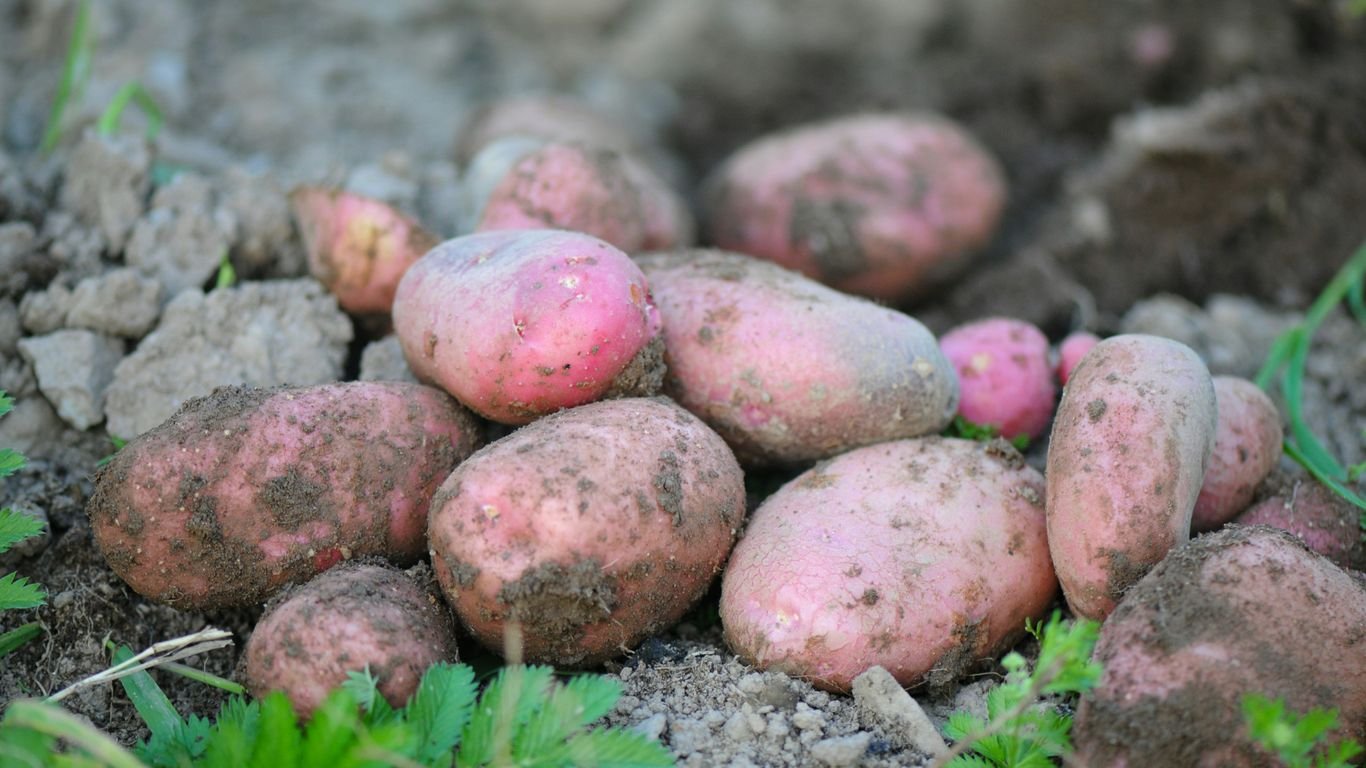Foraging in Michigan: Spring Ramps, Wild Leeks, and Morel Mushrooms

Spring in Michigan means the woods start giving us some really good stuff. We love heading out to find ramps, also called wild leeks, and the super popular morel mushrooms. It’s a great way to connect with nature and get some tasty food. We’ll share where and when to look, how to gather responsibly, and some ideas for what to cook with your finds. Plus, we’ll talk about some fun events where we can all share our foraging adventures.
Key Takeaways
- We can find ramps and wild leeks on damp, shady forest floors, often near creeks, from mid-April to early May. They taste like garlic and onion.
- Morel mushrooms, the stars of spring foraging, have a honeycomb look and earthy taste. We look for them in late April and May near dying elms, in old orchards, or after burns.
- Pheasant back mushrooms are early spring finds, growing on dead or rotting hardwood trees. They have a mild flavor and a hint of cucumber.
- When foraging, we always practice leave-no-trace principles, like using mesh bags to spread spores and taking only what we need, leaving roots and plenty behind.
- Foraging connects us to the land and each other, with events like the Boyne City Morel Mushroom Festival celebrating these spring treasures.
Discovering Michigan’s Spring Delicacies

The Allure of Wild Leeks and Ramps
There’s a special kind of magic that happens in Michigan when spring finally arrives. The snow melts away, and the woods start to wake up, offering us some truly fantastic wild edibles. Among the first to appear are the wild leeks, also known as ramps. These aren’t your average greens; they have a potent, delicious flavor that’s a mix of garlic and onion, and they tend to grow in shady, damp spots on the forest floor, often carpeting hillsides. Finding a patch of ramps feels like uncovering a hidden treasure. When you’re out looking, remember to harvest them responsibly. A good rule of thumb is to take only one leaf from each plant, leaving the roots so they can grow back year after year. It’s all about making sure these tasty plants are around for future springs.
Morels: The Crown Jewel of Spring Foraging
When we talk about spring foraging in Michigan, morel mushrooms are the undisputed stars. These aren’t just any mushrooms; they’re the ones everyone dreams of finding. With their unique honeycomb-like caps and that deep, earthy flavor, morels are incredibly sought after. They’re fantastic cooked simply, like sautéed in butter, or added to hearty soups. They tend to show up from late April through May, and you’ll often find them on south-facing slopes, near dead elm trees, in poplar stands, or even in old orchards. The key is to look low and move slowly – they can be surprisingly well camouflaged.
Pheasant Backs: Early Spring’s Underrated Mushroom
While morels get a lot of the attention, we shouldn’t forget about the pheasant back mushrooms, also called Dryad’s Saddle. These fan-shaped fungi are one of the earliest signs that spring has truly sprung. You’ll see them growing like shelves on dead or dying hardwood trees, especially elms, boxelders, and maples. They usually start appearing in early April and can stick around until late May. When they’re young, they have a mild, cucumber-like scent and flavor, making them great for slicing thin and cooking in butter or broth. They’re also good for adding to soups or drying for later use. They might be overlooked, but they’re a delicious early-season find.
Where to Find Your Foraging Treasures
When we head out into the Michigan woods in spring, we’re on the hunt for some truly special treats. It’s not just about finding food; it’s about connecting with the land and seeing what the season has to offer. You’ll often see cars pulled over on the side of country roads, with people carefully walking through the trees. They’re not just out for a stroll; they’re looking for nature’s bounty.
Shady, Damp Forest Floors for Ramps
Ramps, also known as wild leeks, have a very specific taste and smell, kind of like a strong onion or garlic. They really like shady, moist spots. We usually find them growing in clusters on the forest floor, especially in areas with lots of decaying leaves. Think about places that stay damp even when it hasn’t rained recently. They often pop up near streams or in ravines. The unmistakable scent is your best clue when searching for ramps. It’s a strong, pungent aroma that really cuts through the other forest smells. We’ve had the most luck in areas with rich, loamy soil. Remember to tread lightly and only take what you need, leaving plenty for the plant to regrow and for others to find. It’s also helpful to know that they tend to grow in the same areas year after year, so once you find a good spot, it’s worth checking back.
Ideal Spots for Morel Mushrooms
Morels are the superstars of spring foraging, and finding them feels like striking gold. These mushrooms have a very distinct look, with their honeycomb-like caps. They’re a bit tricky to spot because they blend in so well with the leaf litter. We’ve learned that they often like to hang out near certain types of trees. Dead or dying elm trees are a classic spot, but we’ve also had success near ash, poplar, and even old apple orchards. Burn sites from the previous year can also be surprisingly good places to look. It’s important to remember that morels prefer well-drained soil and often show up on south-facing slopes where the ground warms up first. When you’re searching, look low and move slowly. Patience is definitely key here. It’s also a good idea to bring a mesh bag; this way, as you walk, you can drop any stray mushroom spores, helping more grow in the future. Learning to identify them properly is super important, as some look-alikes can be harmful.
Beyond the Deep Woods: Accessible Foraging Locations
While the deep woods hold many treasures, we’ve also found that you don’t always need to go miles off the beaten path. Sometimes, the best spots are closer than you think. Keep an eye out along the edges of fields, especially where they meet the woods. Old logging roads or trails that have been less traveled can also be productive. Even parks can be good, provided foraging is permitted. We’ve had some luck finding pheasant back mushrooms, which are an earlier spring find, growing on fallen logs or dead trees right along hiking trails. It’s always a good idea to check local regulations before you start picking, as rules can vary. Remember, responsible foraging means leaving the area as you found it, taking only what you need, and making sure you can positively identify everything you collect. It’s all about enjoying the process and respecting the environment. You can find great information on what can be harvested and how to do it safely at Michigan DNR.
Timing Your Foraging Michigan Adventures
Knowing when to head out into the woods is half the battle when it comes to finding Michigan’s spring goodies. We’ve learned that a little patience and paying attention to the weather can make all the difference. It’s not just about the calendar; it’s about what the environment is telling us.
When to Look for Ramps and Wild Leeks
Ramps, or wild leeks, are usually the first to show themselves. We typically start seeing them pop up in early to mid-April, but this really depends on how warm the spring has been. If we’ve had a mild winter and a quick thaw, they might appear even earlier. We look for them in shady, damp spots in hardwood forests. The key is to find them before the tree canopy fully leafs out, as this shades them out. They have broad, smooth leaves and a distinct oniony smell when you crush them. We usually find them in clusters, and it’s important to only take what you need, leaving plenty behind for the plants to regrow.
The Morel Mushroom Season
Morel season is what many of us eagerly anticipate. Generally, we start our search in late April and continue through May. The ideal conditions for morels are warm days with nighttime temperatures staying above 40°F, coupled with good rainfall. We’ve found they often appear in specific microclimates. Keep an eye out near dead or dying elm trees, ash trees, and in old apple orchards. Burn sites from the previous year can also be surprisingly productive. Remember, morels have a distinctive honeycomb-like cap and are hollow all the way through. It’s always best to go with someone experienced the first few times you look.
Early Bird Pheasant Backs
Pheasant back mushrooms, also known as Dryad’s Saddle, are often one of the very first mushrooms we find in the spring, sometimes even before the ramps. We start looking for these in early April, and they can continue to be found through May. They grow on dead or downed hardwood trees, especially elms and maples. They have a fan or shelf-like shape and a unique, almost cucumber-like scent when they’re young and fresh. We like to harvest them when they’re still tender, slicing them thinly to cook. They’re a great indicator that spring foraging is officially underway.
Responsible Foraging Practices
When we head out to find ramps, morels, or pheasant backs, it’s super important to remember we’re guests in the woods. We want to make sure these natural treasures are around for years to come, and for other people to enjoy too. It’s not just about what we take home; it’s about how we treat the forest while we’re there.
Sustainable Harvesting of Ramps
Ramps, or wild leeks, are pretty special. They grow slowly and can be easily over-harvested. When we find a patch, we need to be mindful. Never take all the ramps from a single spot. Leave plenty behind so the patch can continue to thrive. A good rule of thumb is to take only about 10% of what you see. Also, try to harvest the leaves rather than digging up the entire bulb, especially if you’re new to foraging. This allows the plant to keep growing.
- Only harvest from well-established patches.
- Take no more than 10% of the ramps you find.
- Prioritize harvesting leaves over bulbs when possible.
- Avoid harvesting from areas that look heavily picked over.
Leave No Trace Principles
These principles are pretty straightforward and apply to all our outdoor adventures. They help us minimize our impact on the environment. When we forage, we’re essentially borrowing from nature, so we need to return it as we found it, or even better.
- Pack it in, pack it out: This means taking all your trash with you, including any food scraps or wrappers. We don’t want to leave anything behind that doesn’t belong.
- Stay on trails when possible: This helps prevent trampling delicate vegetation. If you need to go off-trail, be mindful of where you step.
- Respect wildlife: Observe animals from a distance and never feed them. Our foraging shouldn’t disturb their habitats.
- Leave what you find: Unless you’re harvesting for consumption and know what you’re doing, leave plants and mushrooms in place. Let others enjoy the discovery.
Proper Identification is Key
This is probably the most critical part of foraging. Michigan has some amazing wild edibles, but it also has look-alikes that can be, well, not so good for you. Getting sick from a misidentified mushroom or plant is a terrible way to end a foraging trip. We always double-check our finds.
Always be 100% certain of a plant or mushroom’s identity before consuming it. When in doubt, throw it out. It’s better to have a less bountiful harvest than to risk your health.
Here’s a quick checklist we use:
- Consult multiple reliable field guides: Don’t rely on just one source. Compare descriptions and photos.
- Learn the key characteristics: For morels, for example, look for the honeycomb-like cap and the fact that the entire mushroom is hollow inside. False morels often have a brain-like or wavy cap and are not hollow.
- Use a foraging app or website cautiously: These can be helpful, but they shouldn’t be your only identification tool. Always cross-reference.
- Go with experienced foragers: Learning from someone who has been doing this for years is one of the best ways to build your identification skills.
Culinary Delights from Your Forage
Once we’ve gathered our spring treasures, the real fun begins: cooking them up! We love how foraging connects us directly to our food, and the meals we create from our finds are always special. It’s amazing how simple ingredients from the woods can transform into incredible dishes.
Morel, Ramp, and Potato Soup
This is a hearty, comforting soup that really lets the earthy flavor of morels shine. We usually start by sautéing some chopped ramps in butter until they’re soft. Then, we add diced potatoes and chicken or vegetable broth, letting it simmer until the potatoes are tender. The star, of course, are the morels – we add them towards the end so they don’t get overcooked. A splash of cream or a dollop of sour cream at the end makes it extra rich. It’s the perfect way to warm up after a chilly day of foraging.
Simple Sautéed Wild Leeks
Sometimes, the best way to enjoy wild leeks (ramps) is with minimal fuss. We just give them a quick sauté in butter or olive oil with a pinch of salt and pepper. They wilt down beautifully and have this incredible garlicky, oniony flavor that’s just fantastic. We often serve them as a side dish with grilled chicken or fish, or even stir them into scrambled eggs. It’s a quick way to add a burst of fresh, wild flavor to any meal.
Morel and Ramp Risotto
Making risotto with our foraged finds is a bit more involved, but totally worth it. We start by sautéing the ramps and morels in butter. Then, we toast the Arborio rice before adding a splash of white wine. Gradually adding warm broth, stirring constantly, is key to getting that creamy texture. We finish it off with some Parmesan cheese and a bit more butter. The result is a wonderfully creamy, flavorful dish that tastes like spring in a bowl. It’s a dish that always impresses, and we love sharing it with friends and family.
Here’s a basic rundown for the risotto:
- 2 cups Arborio rice
- 4-6 cups warm chicken or vegetable broth
- 1/2 pound fresh morels, cleaned
- 6-8 ramp bulbs and greens, chopped
- 2 tablespoons butter
- 1/4 cup grated Parmesan cheese
- Salt and pepper to taste
We find that the key is patience with the broth addition and constant stirring. It’s a labor of love, but the payoff is immense.
Celebrating the Foraging Michigan Community

Foraging in Michigan isn’t just about finding delicious wild foods; it’s a fantastic way to connect with others and the natural world around us. We often head out in small groups, sharing tips and the sheer joy of discovery. It’s a shared experience that really grounds us, making us appreciate the subtle shifts in the seasons and the bounty our local forests provide. This connection to the land and to each other is what makes foraging so special.
Mushroom Festivals to Attend
Michigan hosts some wonderful events that celebrate the foraging season. These gatherings are perfect for meeting fellow enthusiasts, learning from experienced foragers, and sharing your own finds. Think of them as community potlucks, but with ingredients sourced straight from the woods! It’s a great way to pick up new recipes and techniques. We’ve found that attending these festivals really deepens our appreciation for the foraging lifestyle.
Foraging as a Shared Experience
We’ve found that foraging is always better when it’s a group activity. Whether it’s with family or friends, sharing the hunt for ramps or morels creates lasting memories. We often pack a lunch and make a day of it, exploring different areas and comparing our hauls. It’s a chance to slow down, talk, and really enjoy each other’s company, all while being immersed in nature. It’s a simple pleasure, but one that feels incredibly rewarding.
Connecting with Nature and Each Other
Beyond the food itself, foraging offers a unique way to connect with the environment. You start noticing things you never did before – the specific types of trees, the way the light filters through the canopy, the subtle signs of animal life. This heightened awareness extends to our relationships too. Sharing these moments in the woods, pointing out a hidden patch of ramps or a promising spot for morels, builds a stronger bond between us. It’s a reminder that we’re all part of something bigger, and that nature has so much to offer when we take the time to look. If you’re looking for places to explore, consider visiting some of the beautiful natural areas preserved by organizations like the Northeast Wilderness Trust Northeast Wilderness Trust.
Wrapping Up Our Spring Forage
So, as the last of the spring chill fades and the trees fully leaf out, we’ve hopefully given you a good starting point for your own foraging adventures here in Michigan. Whether you’re hunting for those elusive morels, gathering ramps for a garlicky kick, or just enjoying a walk in the woods, remember to tread lightly and respect the land. It’s a pretty special feeling to connect with nature this way, and even better when you can share the bounty with friends and family. Happy foraging out there!
Frequently Asked Questions
When is the best time to go looking for ramps and wild leeks in Michigan?
We usually start seeing ramps and wild leeks pop up in mid-April and they’re typically around until early May. It really depends on the weather, though, so keeping an eye on the temperature and rainfall is helpful.
Where are the best places to find morel mushrooms?
Morels are tricky but exciting! We’ve had good luck searching near dead or dying elm trees, in areas with poplar trees, and even in old apple orchards or spots that had a fire the year before. Looking on south-facing slopes can also be a good bet.
Are there any easy-to-find mushrooms in early spring?
Yes! We love finding Pheasant Back mushrooms, also called Dryad’s Saddle. They’re usually one of the first mushrooms to appear, often growing on dead or dying hardwood trees like elms and maples. They look like little shelves and have a mild, cucumber-like smell when they’re young.
What are some simple ways to cook with the things we find?
We enjoy making a hearty Morel, Ramp, and Potato Soup. It’s a great way to use up our finds on a cool evening. Another favorite is simply sautéing the wild leeks in butter – it brings out their amazing garlic and onion flavor.
How can we make sure we’re harvesting responsibly?
It’s super important to be mindful! For ramps, we always try to take only one leaf from each plant and leave the roots so they can grow back. For mushrooms, we use a mesh bag to help spread their spores and try to clean them on the spot with a brush instead of bringing dirt home. And always, always leave some behind!
What’s the best way to identify wild edibles?
Proper identification is crucial, especially with mushrooms. We always double-check what we’re picking and rely on trusted guides or experienced foragers. If there’s any doubt, we don’t eat it. Knowing the distinct garlic-onion smell of ramps is a good starting point, but for morels, you need to be aware of their toxic look-alikes.






